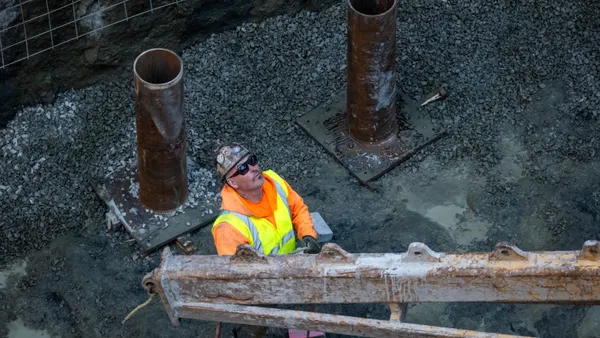Dive Brief:
-
Though the housing market is emerging from recession, homeownership rates remain close to a 50-year low, contributing to an overall slow economic recovery. The Wall Street Journal reported new-home construction and remodeling spending fell to 3.6% of GDP in 2016, roughly half of its peak in 2005.
-
Housing executives told The Journal that some of that slow growth can be attributed to stricter credit standards, but they cautioned that lenders shouldn’t revert to the loose standards that contributed to the crash.
-
Low default rates were also cited as a hurdle to fuller recovery. In the third quarter of 2016, 5.1% of mortgages risked default compared to 12% in the early 2000s, which demonstrates that many low-risk borrowers aren’t getting loans.
Dive Insight:
Tight credit is one of several factors contributing to lower homeownership rates, along with a lack of inventory, particularly for first-time buyers, shifts in household creation, and skilled-labor shortages, among others.
For younger, first-time buyers, rising mortgage rates are likely to increase the affordability gap, though so far the rate hikes haven’t impacted the overall market.
Those rising rates may help lenders loosen up by protecting them from some of the associated risk of servicing the many low-risk borrowers that haven’t yet been able to secure a mortgage, according to CNBC. It could also encourage more buyers to get into the market on the threat of further rate hikes. Another impact, decreasing the number of refinance loans, could encourage lenders to grant more purchase loans to make up the difference.
For more housing news, sign up for our daily residential construction newsletter.












